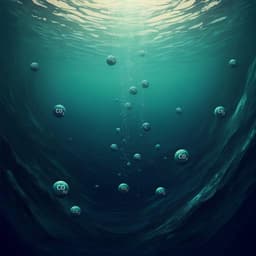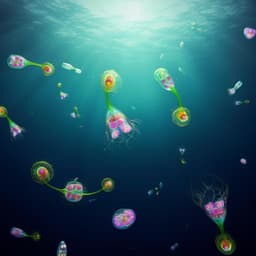
Biology
Salp blooms drive strong increases in passive carbon export in the Southern Ocean
M. Décima, M. R. Stukel, et al.
This groundbreaking research reveals how salp blooms in the Southern Ocean enhance the efficiency of the biological carbon pump, significantly impacting carbon export dynamics. Conducted by Moira Décima and colleagues, the study highlights the pivotal role of *Salpa thompsoni* in shifting microbial dynamics and boosting particle export rates.
~3 min • Beginner • English
Related Publications
Explore these studies to deepen your understanding of the subject.







